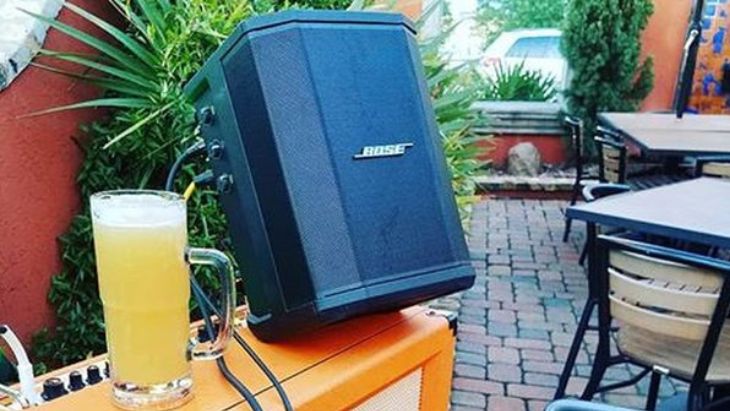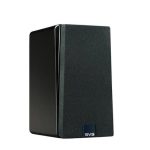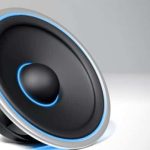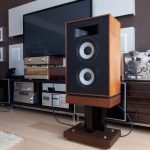Fifty-six years in the market, and Bose speakers are still on sale. Ever wondered why this is a game they keep winning?
Bose speakers are great and, therefore, many people’s first stop when shopping for sound equipment.
Well, you can say their quality is unmatched, or they have people-first customer service—endless benefits. But you need to have the Bose speakers and learn how to connect your speakers to enjoy their benefits perfectly.
While some Bose speakers come with already pre-installed speaker wires, you may need to shift to enjoy good sound quality from them.
Connecting your Bose speakers to regular speaker wires can be challenging, but it’s not all that complicated.
So, here you’ll learn how to connect Bose speakers to regular speaker wires successfully.
Connecting Your Bose Speakers to Regular Speaker Wire
Bose speakers are very good at making sound with regular wires if correctly connected. So, how do you combine them with the right kind of wire? It works best when you have a speaker adapter from Bose to help the regular speaker wire adapt to the Bose connector. With the adapter, you may utilize the Bose speakers with different receivers.
Now,
- Remove the speaker wire from the box.
- Cut off the end of the speaker wire where it connects to the speaker.
- Strip about 1/8 inch (0.32 cm) or ½ inch of insulation off each end of the speaker wire.
- Connect the red speaker wire. You’ll find a cavity under the red station on the Bose speaker adapter, raise the red string strap and connect the red speaker wire into the hole you’ll see. Ensure the cables are well placed.
- Repeat the procedure above to connect the black speaker wires.
- Go to the other end and strip about ½ inch of insulation of the two strands. Attach to the sequence of ports on the receiver’s back. If you want to add several speakers to the receiver or amplifier, repeat the procedure for a second Bose speaker.
- Plug the speaker back into its original box.
Press the button of the matching speakers on the speaker dashboard to switch on the amplifier and the Bose speakers. For instance, this method pairs the Bose speakers to speaker system console 1, so press the knob for that sound system and regulate volume to correct intensities.
Using a Soldering Wire To Connect Bose Speakers To Regular Speaker Wires
The first option is the easiest: plug one end of your wire into each speaker and connect it to the corresponding input on your audio receiver or amplifier. It is known as bi-amping, and most people do it when they want an improved bass response in their system.
The soldering option is more advanced and involves some soldering skills — but it gives you more control over the sound quality than bi-amping.
If you’re going this route, start by cutting off the ends of both wires so that they’re about 8 inches long (for most speakers).
Now, solder one of them to an RCA jack (or equivalent) on your audio receiver or amplifier, noting which side goes where — usually red/red or white/white).
Then solder another RCA jack on top of that one and connect it with another length of wire (about 18 inches long). It will allow you to run long cables through walls without lengthening them again.
How to Extend Bose Speaker Wires
As you prepare to hook up your speakers, you may notice that the wires are too short. Try using the steps below to lengthen them. Remember using tape is not a lasting solution.
- Cut off the wire at the end where it connects to the speaker
- Twist the ends of the shorter wires and the longer wires—maintain the positives with positives and the negatives with the negative cables, i.e., R-R, B-B (R-Red, B-Black)
- Use electrical tape to cover the naked wires. Wrap the wires in a spiral until the lines are completely covered.
- Repeat the steps above to achieve more length.
How Bose Speakers Are Made
Bose speakers and receivers have a unique design. For instance, they have special speaker cords attached.
These cords make it challenging to connect Bose speakers with other receivers. So, if you join a Bose sound system, the cords make it all easy. But with different speakers, it gets tricky. Still, it is possible to connect them with other receivers.
First, convert the Bose speaker connector into a conventional speaker connector.
Then, connect the speaker wires to your receiver, and that’s it. The system can now work perfectly with the receivers.
Frequently Asked Questions About Connecting Bose Speaker Wires and Regular Wires
Are you still stuck about connecting Bose speaker wires? Here are some questions and answers to give you a better understanding.
Q: What’s the difference between a speaker wire and a speaker cable?
A: Speaker cables are designed specifically for use with high-powered speakers. They have thicker conductors than speaker wires, and their termination is by the banana plugs instead of standard RCA jacks.
Q: Can I use speaker wires to connect my speakers to my amp if I don’t have any speaker cables?
A: Yes, but you may not get the best sound quality. You should only use speaker wires if you have speaker cables.
Q: Do I need a specific adapter to connect my speakers to regular speaker wires?
A: Yes, you do need to buy an adapter. With Bose speakers, it is not enough to just cut off the ends of the speaker wires and plug them directly into the inputs on your amplifier. You’ll need a Bose adapter.
Conclusion
Bose speakers offer excellent sound qualities. Some of their speakers even feature noise canceling technology. And you can flawlessly connect the speakers to regular speaker wires or audio receivers using a Bose adapter. So, all you need is a guide on how to do it right. Don’t get stuck trying to find a way to listen to clear audio and crisp highs. Try this guide today!
Michael Evanchuk is a San Francisco-based sound engineer with 20 years’ experience installing, troubleshooting, and repairing commercial, automotive, and household sound equipment. Evanchuk owns an auto stereo center, where he offers highly competitive car audio installation and repair services. He has written dozens of articles on different sound engineering topics, all of which have been published in leading journals, blogs, and websites.





